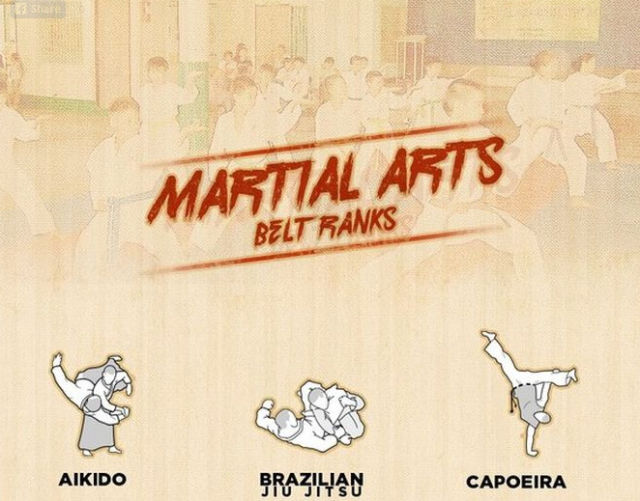Enter the ancient globe where martial arts were substantiated of necessity in diverse areas. Cultures crafted distinct combating designs intertwined with historic contexts. Strategies developed over centuries through devoted method and cultural exchanges. Today, modern-day martial arts mix standard components for maximum performance. Philosophically, martial arts highlight self-control, self-improvement, and consistency. Regard, humbleness, and balance are foundational principles leading experts in the direction of development and resilience. Discover the depths of this rich history and ideology to uncover the profound impacts forming this long-lasting discipline.
Beginnings of Martial Arts
Martial arts came from various regions worldwide, evolving as sensible combat systems to defend against risks. These ancient fighting designs were established out of requirement, with each culture crafting strategies suited to their unique atmospheres and obstacles. From global martial arts chapter 128 grappling arts of Jujutsu in Japan to the striking strategies of Kung Fu in China, martial arts were deeply intertwined with the historical, social, and cultural material of their particular societies.
In Japan, the samurai class refined martial arts like Kenjutsu, the art of the sword, which later on evolved right into the a lot more promoted type of Kendo. On the other hand, in Brazil, Capoeira emerged as a blend of dancing and battle, produced by enslaved Africans as a means to stand up to injustice. Each martial art brings with it an abundant background and philosophy, showing the worths and beliefs of the people that practiced them.
As you delve into the origins of martial arts, you reveal a tapestry of human ingenuity, resilience, and the unyielding spirit of warriors throughout time.
Advancement of Methods
Through centuries of technique and refinement, fight methods within numerous martial arts have undergone an extensive evolution. From old designs like Kung Fu and Karate to extra modern-day disciplines such as Brazilian Jiu-Jitsu and Krav Maga, the evolution of techniques has actually been driven by a mix of social impacts, functional applications, and technological advancements.
One considerable aspect of this development is the cross-pollination of techniques in between different martial arts. As see this page , strategies from standard Japanese Jiu-Jitsu were incorporated into the creation of Judo by Jigoro Kano in the late 19th century. This mixing of styles has resulted in the advancement of crossbreed martial arts like Mixed Martial Arts (MIXED MARTIAL ARTS), which combine elements of striking, grappling, and submission methods.
Additionally, https://self-defensetipseverywoma18527.bloggerswise.com/43009279/unleash-your-possibility-in-karate-classes-where-you-can-grow-durability-build-self-confidence-and-connect-with-a-helpful-area-throughout-your-transformative-journey-what-will-you-find-out of strategies has actually been shaped by the enhancing emphasis on efficiency and performance in fight. Experts have actually continually sought to refine their methods through strenuous training, trial and error, and competitors, resulting in the development of very specialized and effective combating designs. In general, the evolution of techniques in martial arts mirrors the dynamic nature of battle and the ongoing quest for renovation and advancement.
Thoughtful Foundations
Exploring the underlying thoughtful concepts of martial arts provides insight into their core values and leading ideas. At the heart of numerous martial arts techniques is the principle of discipline itself. By training your body and mind to act as one natural device, you cultivate self-control that extends beyond the dojo or health club right into day-to-day life. This self-control includes regard, humbleness, and self-constraint, forming not just your physical abilities but also your character.
An additional basic philosophical foundation in martial arts is the concept of continual self-improvement. The journey of mastering a martial art is nonstop, with practitioners constantly making every effort to better themselves, both physically and mentally. This focus on growth promotes durability, determination, and a growth way of thinking that can be put on all facets of life.
Furthermore, martial arts stress the significance of harmony and balance. Techniques are made to use an opponent's energy versus them, highlighting the concept of yielding and rerouting force instead of fulfilling it head-on. This ideology encompasses interpersonal partnerships, promoting tranquil resolutions and mutual understanding. By welcoming these thoughtful structures, martial musicians not only enhance their battle abilities yet additionally grow a way of living centered on individual growth, respect, and consistency.
Conclusion
Finally, the history and viewpoint of martial arts offer an abundant tapestry of custom, discipline, and self-improvement.
Consider example the story of Bruce Lee, who transformed martial arts by mixing different styles and ideologies to develop his own one-of-a-kind form of Jeet Kune Do.
Through dedication and technology, martial musicians remain to press limits and motivate others to reach their complete potential both in battle and in life.
